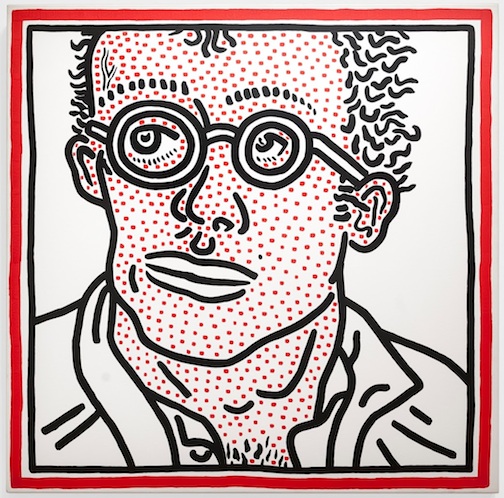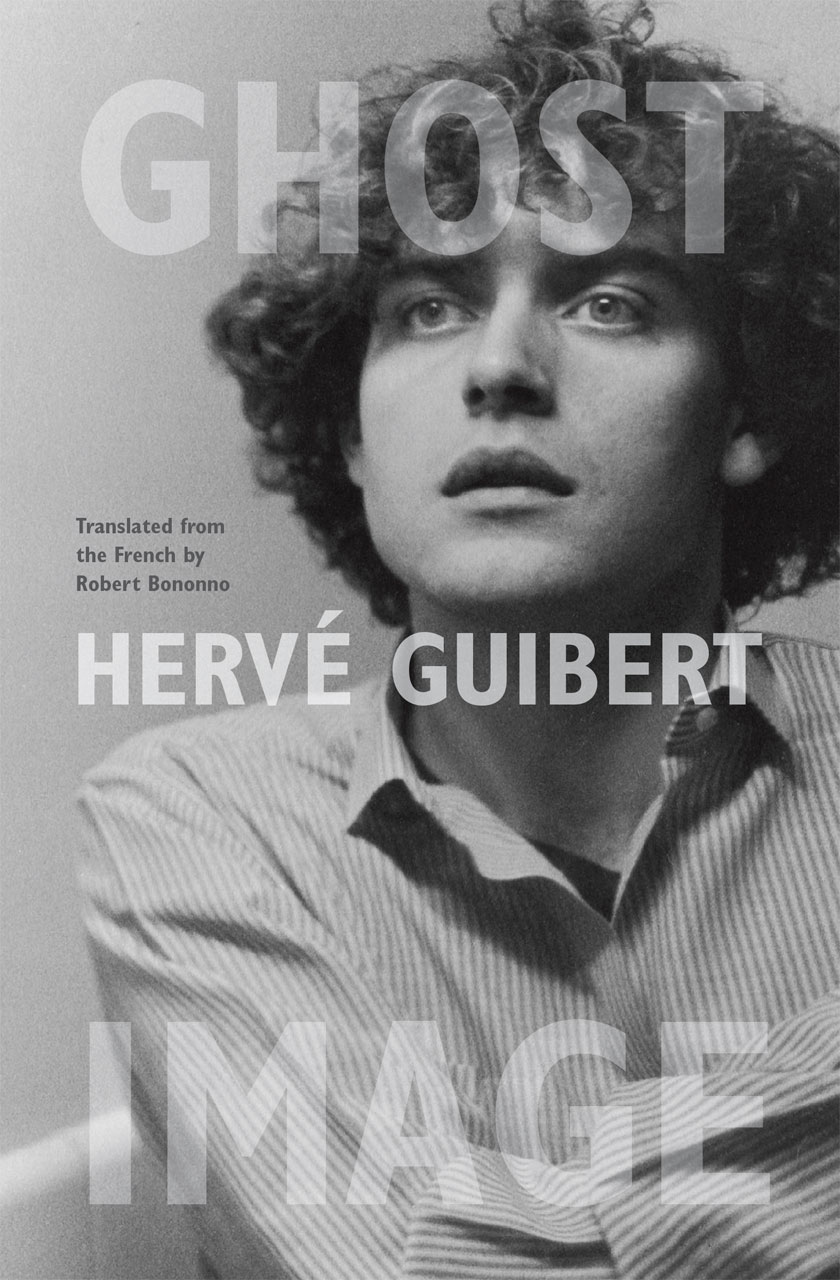Robert Mapplethorpe and the Classical Tradition:
Photographs and Mannerist Prints
Solomon R. Guggenheim Museum, New York, July 1–August 24, 2005
ALTHOUGH PHOTOGRAPHER Robert Mapplethorpe has been dead for sixteen years, New York City’s Solomon R. Guggenheim Museum has a vested interest in keeping his images, and public interest in them, alive. The late photographer left a sizable legacy to the museum (there’s a gallery named for him), and since 1992 the Robert Mapplethorpe Foundation has given the institution 200 of his photographs and objects, making the Guggenheim’s collection the largest museum holding of Mapplethorpe’s work.

Starting with his first exhibit of Polaroids at the Light Gallery in New York in 1976 and bolstered by his dual exhibits at the Holly Solomon Gallery (portraits) and the Kitchen (erotic pictures) the year following, Mapplethorpe acquired a reputation as the bad boy of the art world in the 1970’s and 80’s. Having thrust blatant images of gay S&M into the public sphere, his reputation grew to pop culture status when his work was denounced on the floor of the U.S. Senate by Jesse Helms, the ultra-conservative senator from North Carolina, as part of his effort to curb funding for the National Endowment for the Arts. “The Perfect Moment” was a Mapplethorpe retrospective that originated at the Institute of Contemporary Art in Philadelphia and was scheduled to criss-cross the country on a tour of seven additional venues. The NEA had granted a minuscule percentage of the financial backing for the tour, but even that was deemed unconscionable by the irate Senator. Due to the enormous publicity surrounding Helms’ actions, accompanied by the very public cancellation of the exhibit at the Corcoran Gallery in Washington, D.C., “The Perfect Moment” drew very large, curious crowds wherever it appeared.

During his career and since his death, much has been written about the artist and his work, partly in an effort to address his still prickly state of respectability. For example, a number of art historians and curators offered court testimony, much of it formalistically descriptive, in defense of Mapplethorpe’s work at the infamous 1990 trial of Cincinnati’s Contemporary Arts Center and its director, Dennis Barrie, both indicted on charges of obscenity and pandering when his museum hosted “The Perfect Moment” (both were later acquitted). But not since then has any art institution presented so diligent an effort to elevate the photographer’s artistry and reputation.
Having debuted in Berlin in 2004, after which it ran in two cultural venues in Russia, the exhibit came to New York and stayed at the Guggenheim for roughly two months last summer. A collaboration between the State Hermitage Museum in St. Petersburg and the Guggenheim in New York, and sponsored by Germany’s Deutsche Bank, the exhibit included 74 of Mapplethorpe’s photographs along with 42 16th-century Flemish Mannerist engravings and woodcuts from the State Hermitage Museum, plus a few 19th-century figurative sculptures. The exhibit was organized by Germano Celant, senior curator of contemporary art at the Guggenheim, and Arkady Ippolitov, curator of Italian prints at the State Hermitage Museum, and coordinated by Karole Vail, an assistant curator at the Guggenheim. The Guggenheim’s installation was elegant and handsome, sleek and spare in its framing and tonal palette.
An accompanying exhibit catalog featured essays by the various curators, including one by the Guggenheim’s Jennifer Blessing, and while each works hard at building arguments for Mapplethorpe’s placement in academic art history, little light is shed on how his photographs and these Mannerist prints actually correspond. (The exhibit’s timing as a summer show implied it was perhaps intended to be more entertaining than enlightening.) Of course, every viewer was free to use his own powers of observation to make satisfying connections between the Mapplethorpes and the 16th-century prints, which both resonated with qualities of logic, humor, and cool sensuality. Some pairings were fairly straightforward, such as a witty juxtaposition of the gelled quiff of Mapplethorpe’s Tim Scott paired with the wheat stalk hair in Goltzius’s Ceres.
Neither the photographs nor the prints ever heated to the point of being truly erotic, although the distorted views or configurations of the bodies in the Mannerist prints, noted for their technical complexity and unusual presentation angles, often elicited a second or third look. While his overtly sexual pictures were left out, Mapplethorpe was represented principally by nudes, portraits, and self-portraits, and by a smattering of still lifes. The Mannerist prints, however, often held more sustained attention, perhaps because they were less familiar, but also because of their compositional intricacy.
Exhibitions that compare artworks of different media from significantly separate eras can be treacherous, but to pair handmade 16th-century European engravings and woodcuts with late 20th-century American photographs is to take a real risk. The fact that Mapplethorpe did not collect Mannerist prints—he did own some 19th-century copies of Greek and Roman statuary—or ever reveal that he was influenced by them has not daunted these curators. Mapplethorpe was clearly interested in classical form, sculptural effect, and an artifice of bold and/or unusual theatricality, and these qualities are what link his work with Mannerism.
Mapplethorpe was all about surface appearances. The sculptural quality of his images, the rich contrasts of dark and light, sheens and shadows (attributable in part to the technical expertise of his hired printers), all keep the eye moving and relishing their sensuous patinas. While viewers don’t normally think of flowers as sex organs, Mapplethorpe’s sensual images remind us that this is what they are. As for his nudes, for all their perfectly muscled and modeled surfaces, Mapplethorpe’s bodies don’t generate sexual heat, even when engaged in a sexual act. Seldom are strong emotions elicited in the response to these works.
It seems ironic now that Holly Solomon, Mapplethorpe’s dealer in 1977, refused to show what the photographer himself called his “dirty pictures” because she deemed them pornographic. Everything in a Mapplethorpe photograph is too carefully composed and lit to fit that bill, or to qualify as anything but art (however, at times, overwrought). Whether history will elevate him into its pantheon of major artists is yet to be determined. Comparative exhibits like this one, while certainly fun, aren’t likely to have a deep influence on that adjudication.





